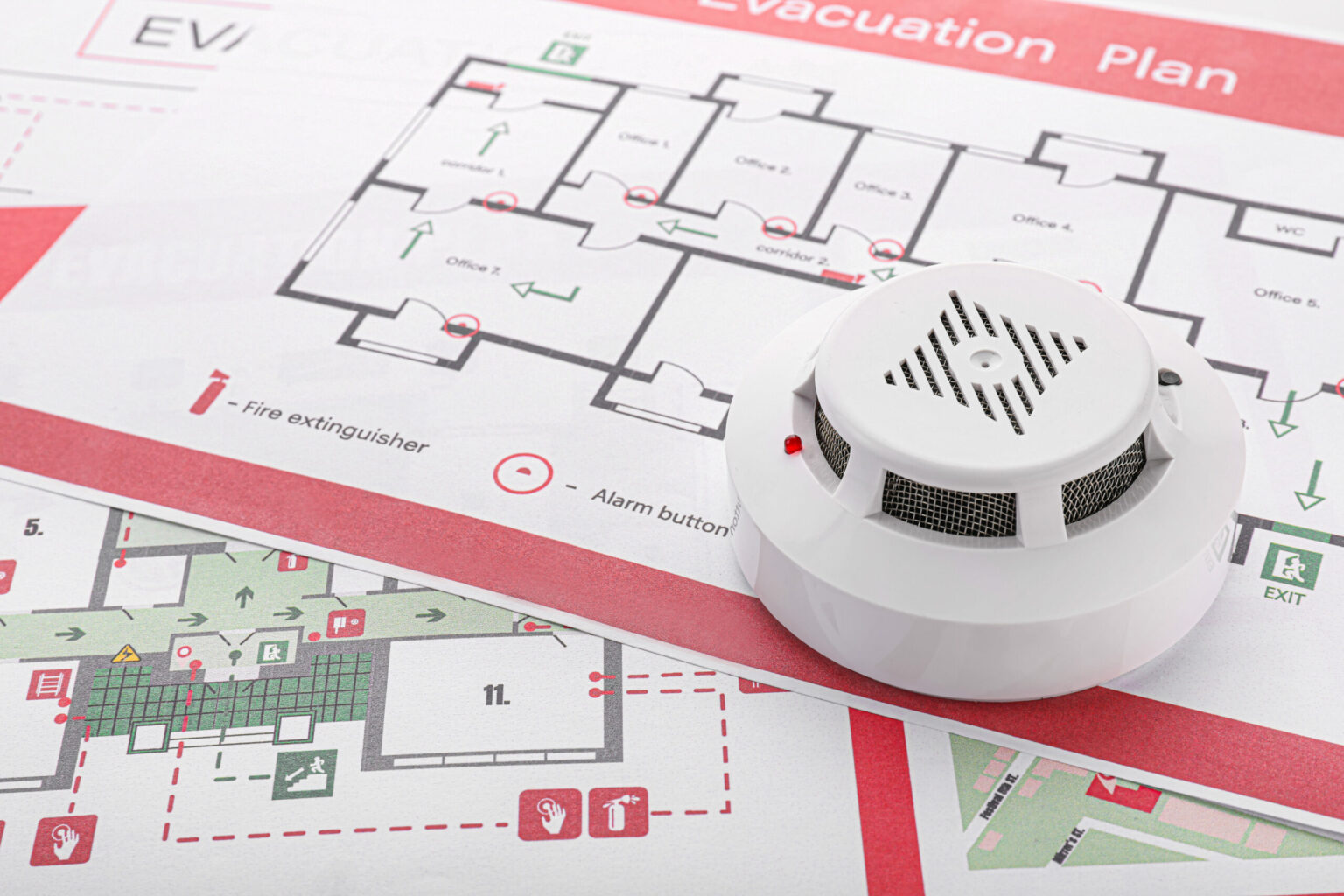Evacuation strategies from high-rise residential buildings: Home Office releases study findings
- February 8, 2024
- 8:00 am


Iain Hoey
Share this content
Executive summary of live evacuation testing
The Home Office has published a comprehensive report summarising the outcomes of live evacuation testing research conducted by the University of Central Lancashire (UCLan).
This research, aimed at testing the efficiency of evacuation strategies from high-rise residential buildings (HRRBs), utilised five distinct operational testing strategies to gather data.
The summary reflects UCLan’s analysis and interpretation, aiming to make these findings accessible to a broad spectrum of stakeholders within the fire and rescue service sector.
Key findings from evacuation strategies research
The study tested five evacuation strategies, focusing on their effectiveness during a fire incident that necessitates a full building evacuation.
The results indicate that two staircases facilitate faster evacuation compared to a single staircase, with the evacuation alert system (EAS) proving more efficient than manual door-knocking alerts.
The research also explored the impact of evacuees with impairments on overall evacuation times and the potential for congestion in stairwells.
Impacts on evacuation strategies
One significant finding was the difference in evacuation times between strategies utilising an EAS and those employing manual door-knocking, with the former resulting in quicker evacuations.
The study also observed that congestion in stairwells, often caused by evacuees moving at a slower pace, did not necessarily correlate with longer evacuation times.
Moreover, the presence of evacuees with impairments could delay the movement of others, highlighting the need for tailored evacuation strategies.
Future research and considerations
The Home Office derived several research questions from the methodology applied, including inquiries into the fastest evacuation strategies, the extent of congestion in stairwells, and the impacts of evacuees with impairments on evacuations.
The report suggests that further research could explore resident awareness of EAS and its effectiveness, among other factors affecting live evacuations from HRRBs.
Pathfinder modelling software evaluation
The research also assessed the accuracy of Pathfinder modelling software in simulating live evacuation tests.
Findings suggest that while Pathfinder can accurately predict outcomes from single-staircase evacuations, its predictions for evacuations using two staircases differed significantly from live test results, indicating a need for further testing and model comparison.
IFSJ Comment
The Home Office’s summary report on evacuation strategies from high-rise residential buildings provides invaluable insights into the most effective practices for ensuring resident safety during fire incidents.
The findings highlight the benefits of using multiple staircases and evacuation alert systems, stressing the importance of considering evacuees with impairments in evacuation planning.
As fire safety protocols continue to evolve, this research underscores the necessity of adapting evacuation strategies to reflect the diverse needs of building occupants and the architectural complexities of high-rise residential buildings.
The study’s implications for future research and the evaluation of Pathfinder modelling software further contribute to the ongoing development of fire safety practices, offering a foundation for improving evacuation efficiency and resident safety in high-rise environments.

